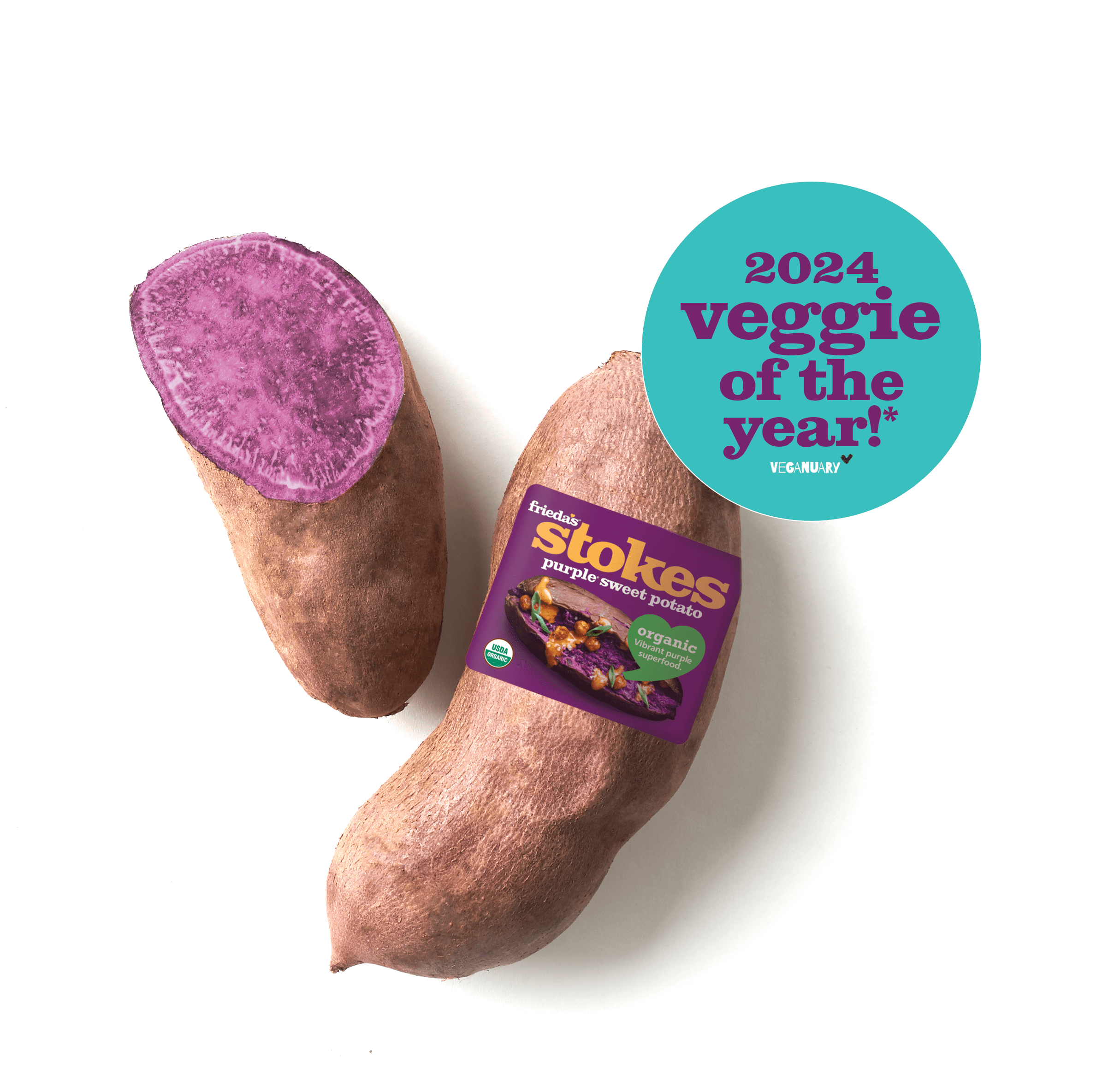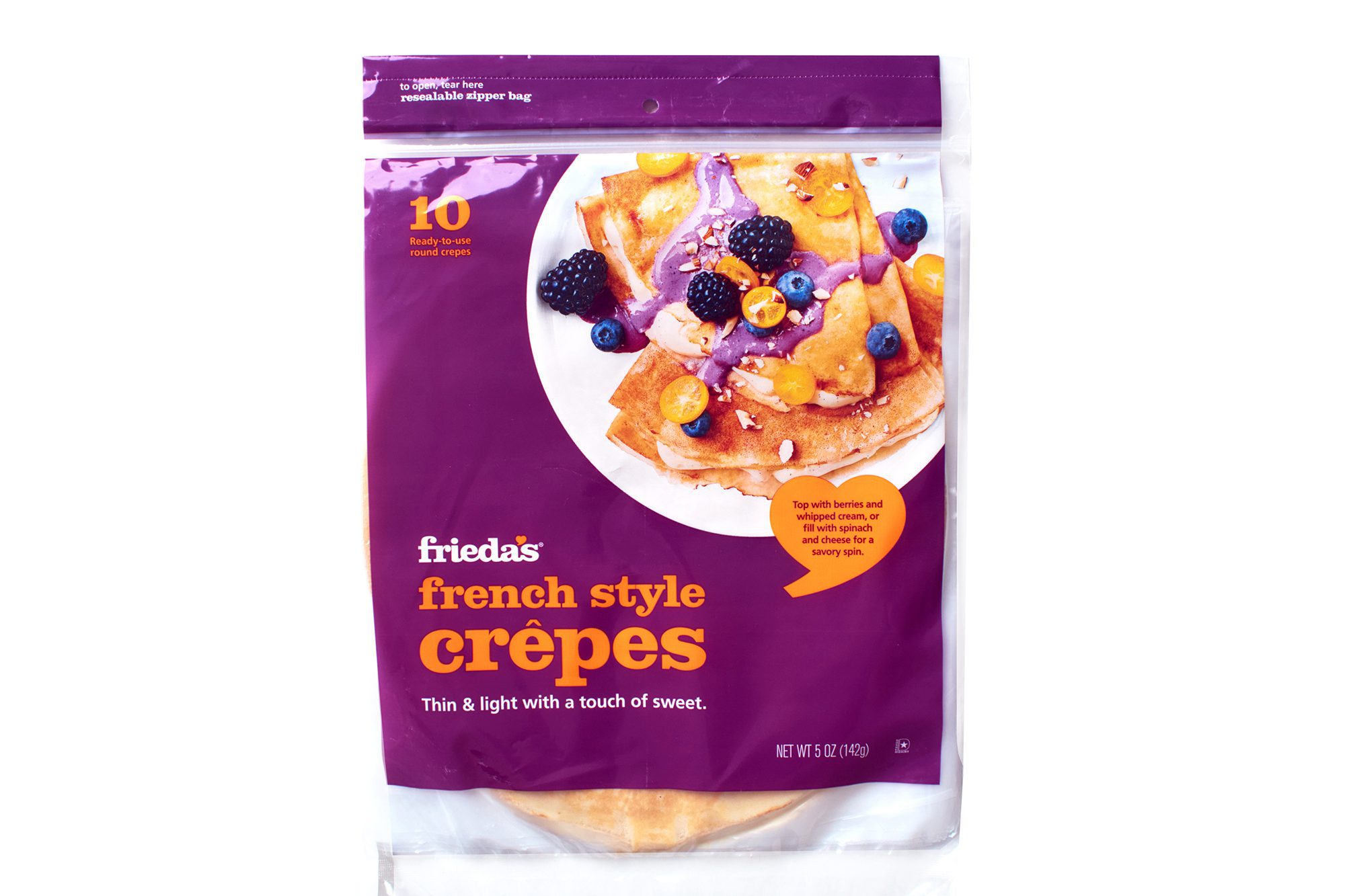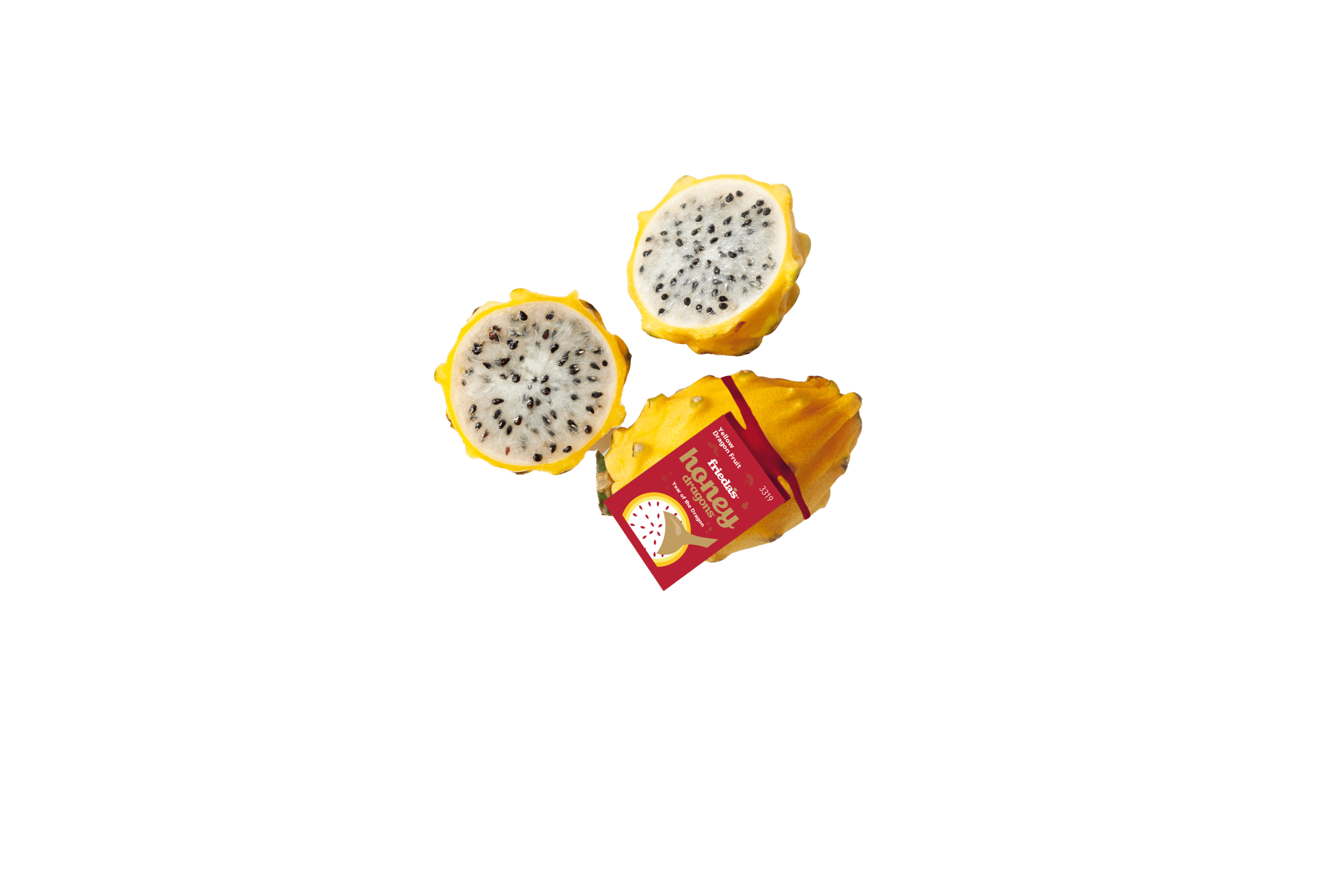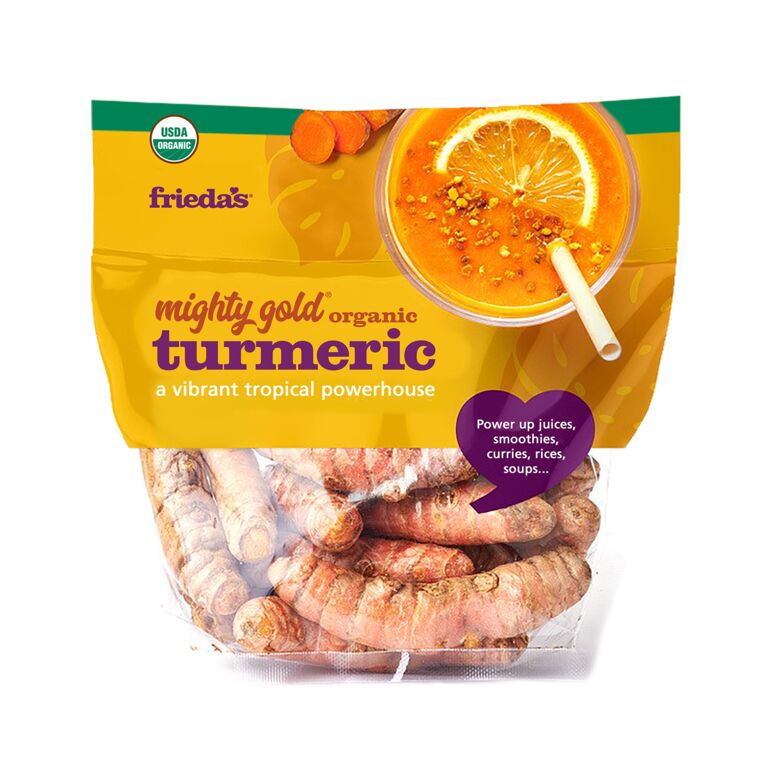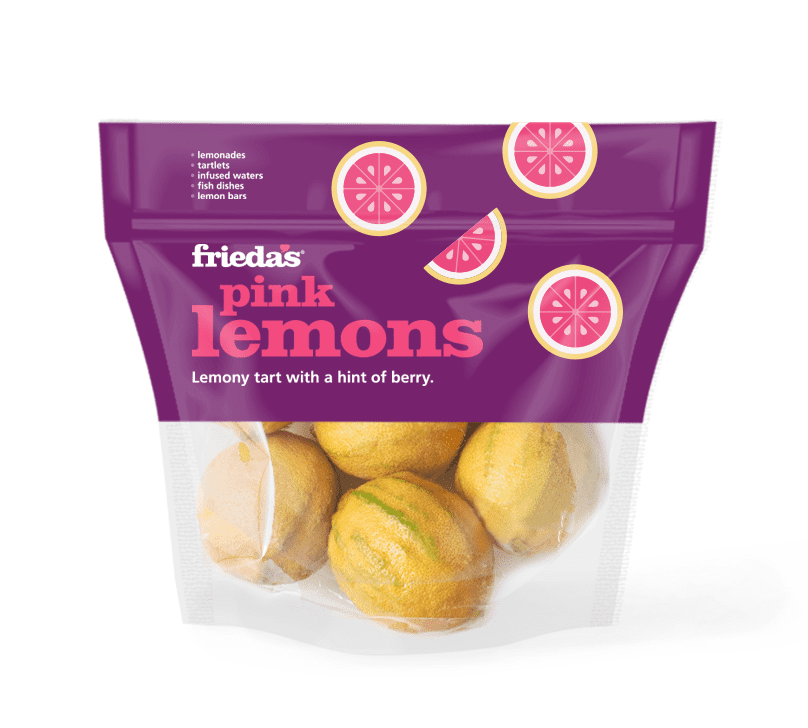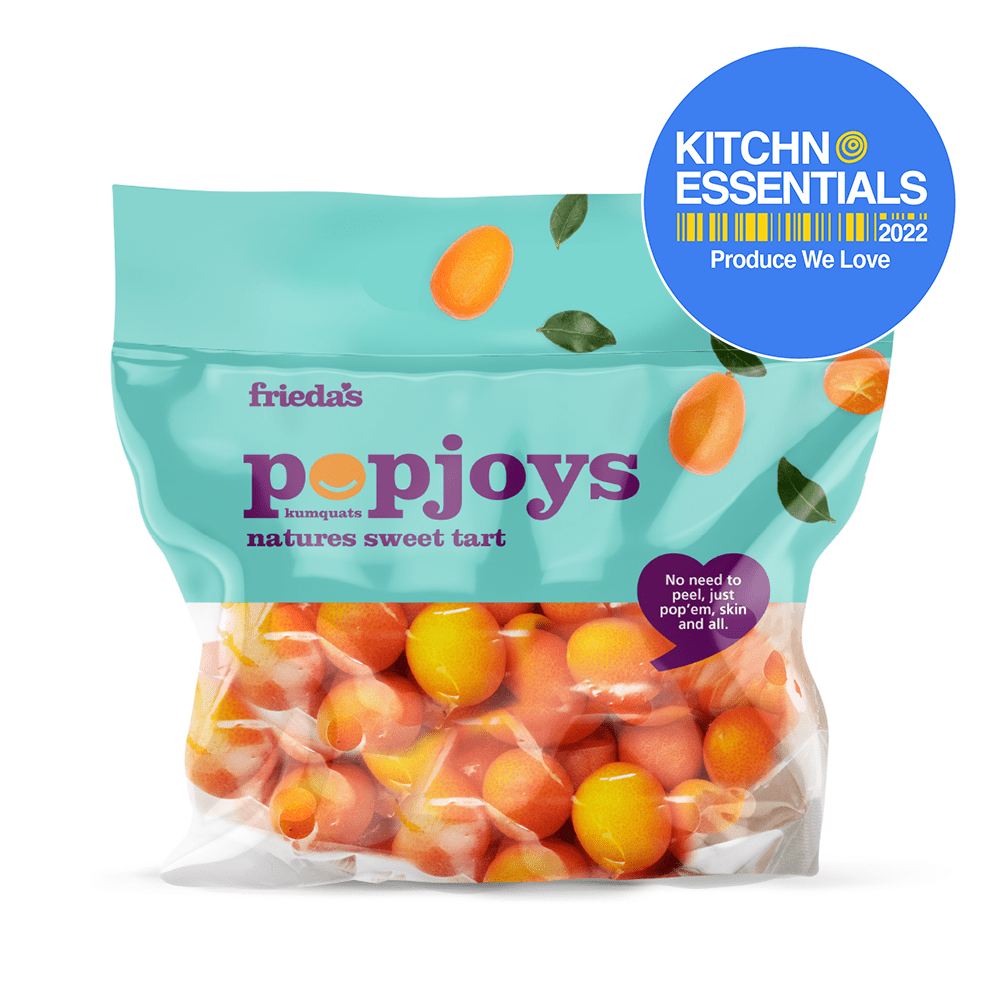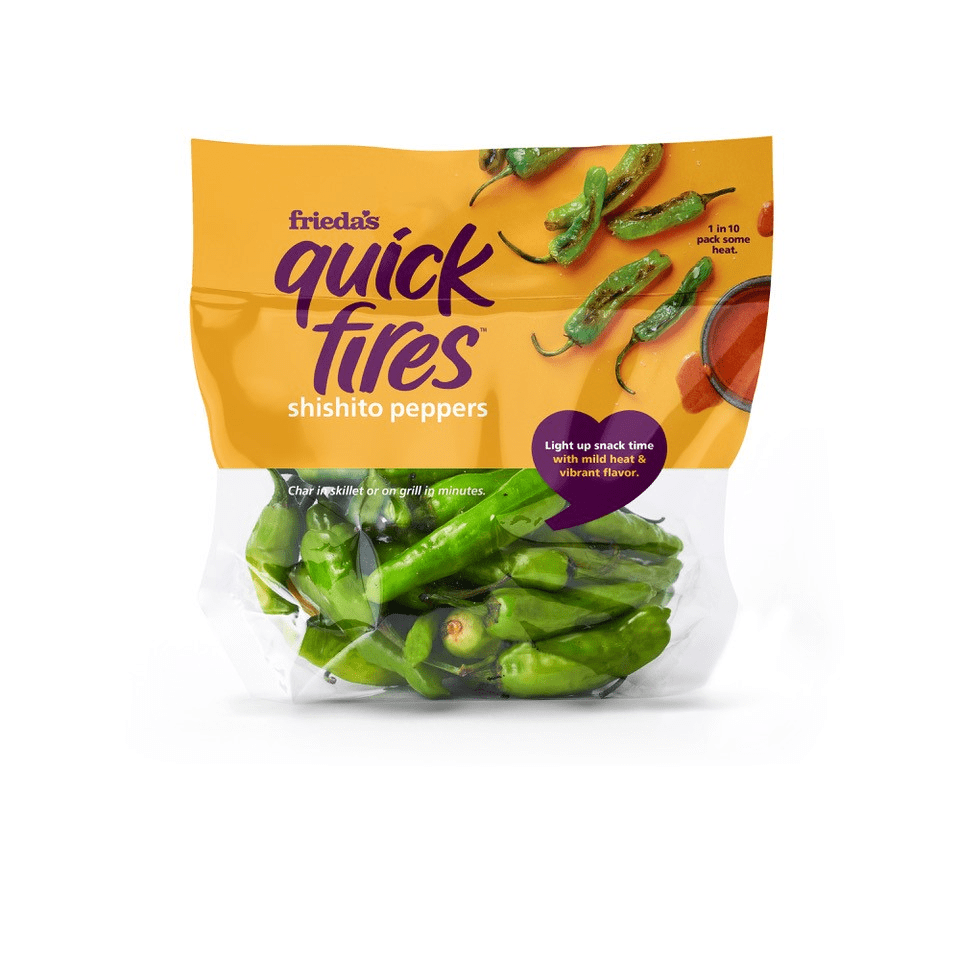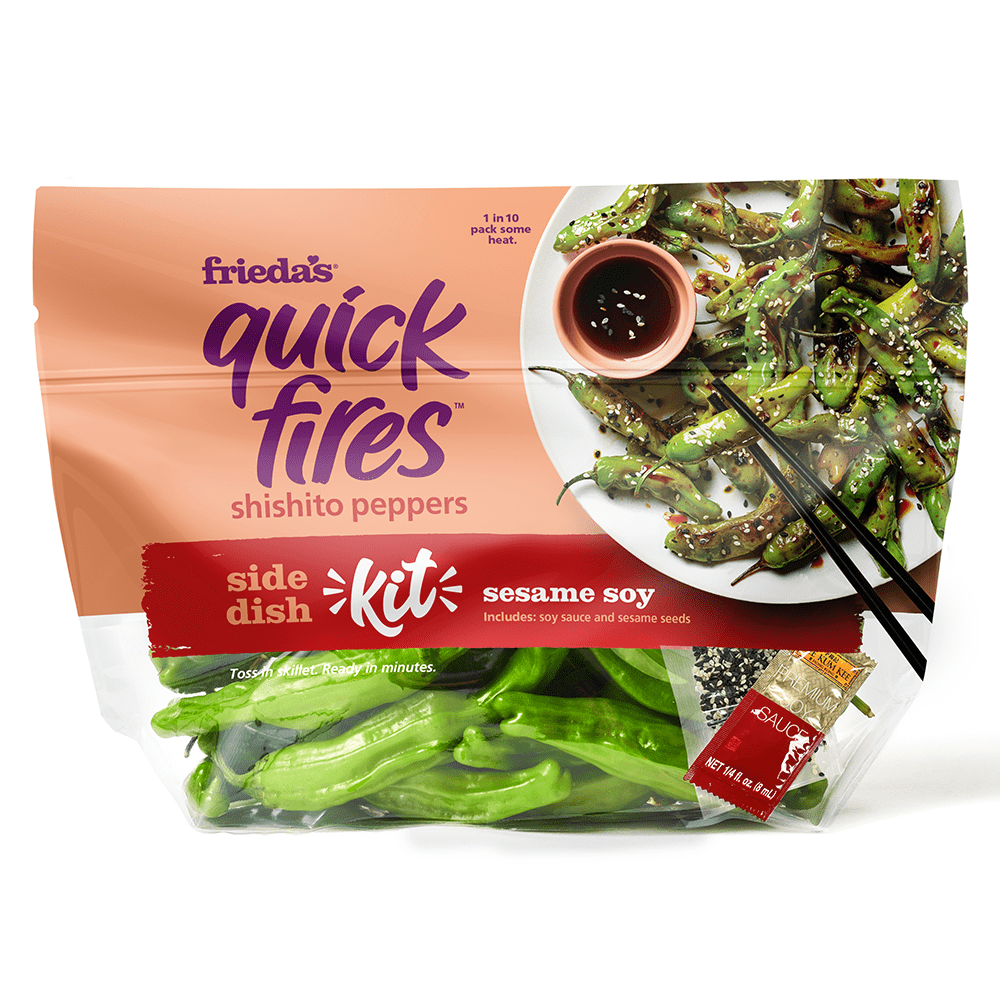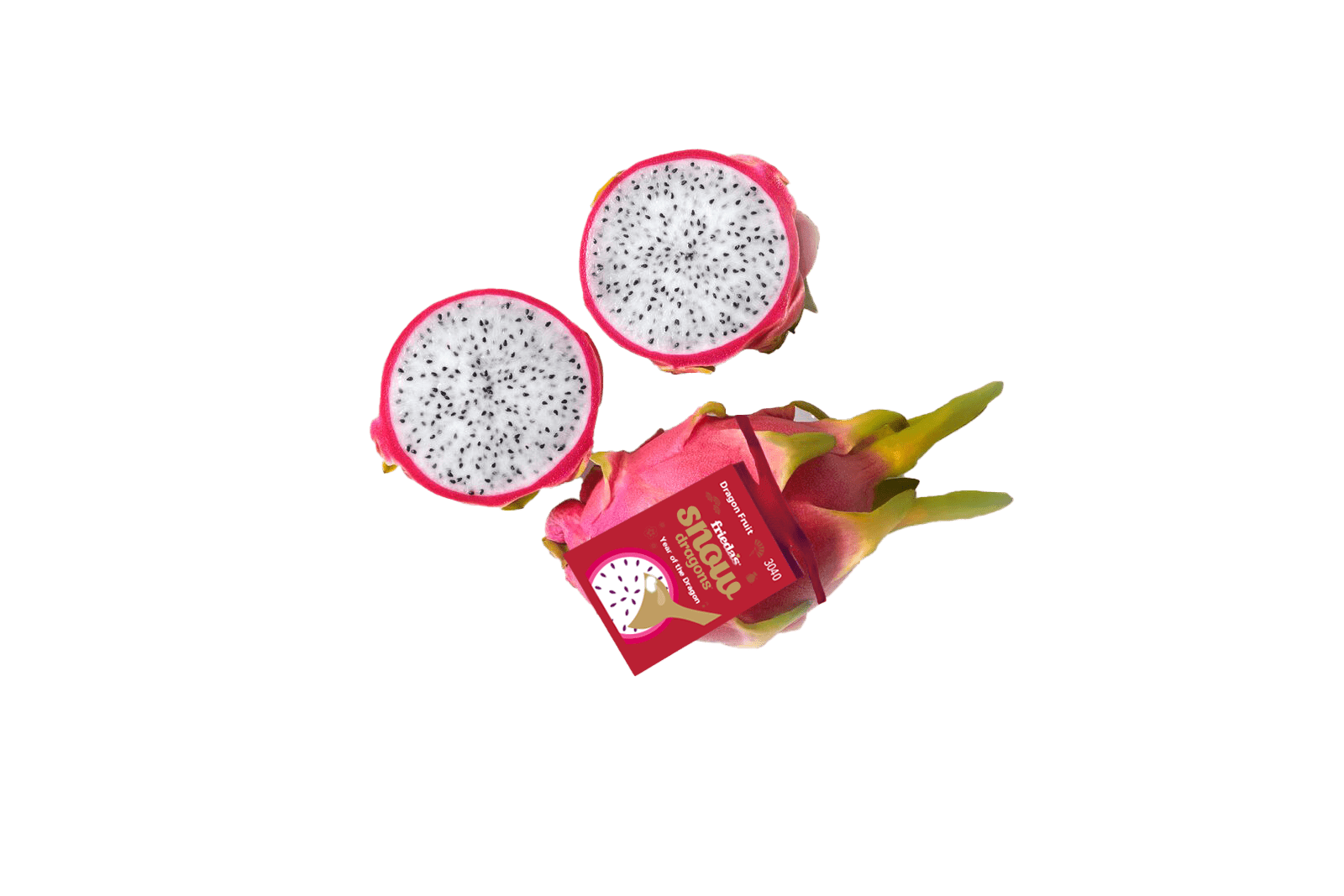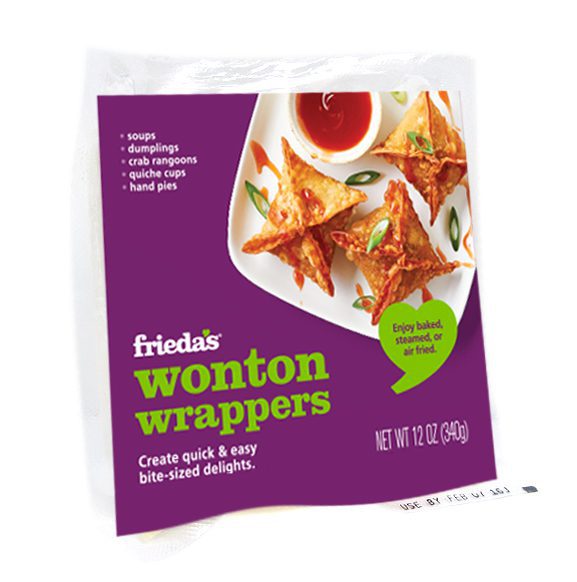As the “vegetable lady”—my friends all call me this—anything that has to do with fruits and vegetables always makes me happy.
You may recall, a little over two years ago, I decided to go vegan for a month. The difference between being a vegetarian and being vegan means that not only do you eat a diet filled with plant-based foods, but you do not eat any animal-derived products. So, no dairy or eggs. For some vegans, that also means no honey since bees are technically an animal.
You could call us the Veggie Family. Frieda is a vegetarian and Jackie also eats mostly plant-based.I chronicled my Vegan Journey for a month and something interesting happened. I found that I felt better—all my aches and pains seemed to disappear—and people told me I looked younger, which is always a plus. Well, after a year of being vegan, I found that I needed more protein. Because I am allergic to soy, I added egg whites, fish, and chicken back into my diet.
Nonetheless, my diet continues to be primarily made up of fresh fruits and vegetables. For example, today, which is a typical work day, I have snacked on cucumbers, colored bell peppers, strawberries, Cherub® tomatoes (IMHO the only ones with amazing flavor), broccoli, and a fresh apple. Plus, I had mushrooms and spinach in my egg white omelet this morning. That’s nine servings for the day already and I haven’t even had dinner!
I think that’s the point of National Vegetarian Month. It’s to call attention to how easy it is to be a part-time—or even full-time—vegetarian. New York Times writer Mark Bittman calls it VB6 (Vegan before 6 p.m.).
A well-known dietitian, Sharon Palmer, RDN, gave us five awesome suggestions, which I totally love, in her October newsletter on what you can do to introduce more fruits and veggies to your diet during this month.
Make a plant-powered goal.
Whether you’re an omnivore or a vegetarian, you can make your own plant-powered goal to eat more whole plant foods at every meal. For starters, try out Meatless Monday by enjoying one entirely plant-based meal per week as a great entry into plant-based eating. Or if you’re vegetarian, you might want to try a month of vegan eating.
Have a meat-free morning.
Breakfast is one of the easiest meals to skip the meat. With so many delicious breakfast foods, such as whole grain cereals and breads, fruit, and even vegetables, there’s little reason to rely on meat for your first meal of the day.
Plants for protein.
It’s a widespread misconception that it’s difficult to get enough protein from plant foods. Evidence indicates that it’s simple to achieve an adequate intake of protein from plant-based sources. Legumes, soy, nuts and seeds are your best bets, but whole grains and veggies have protein, too!
Change the center of your plate.
When planning your meals, start with the vegetable or plant protein component to get your creative juices flowing. Meat or “faux meat” doesn’t need to be the “center of the plate.” If kale and cauliflower are calling to you, plan your meal around those veggies, with perhaps some simmered savory lentils and a quinoa pilaf on the side. Yum!
Try a new veggie recipe each week.
It’s easy to get in a rut! But why not dish up some new fabulous foods to celebrate National Vegetarian Month. Just try out a new plant-based recipe on your easiest day of the week. My website and books can get you started. And invite over your friends and family to share them. Spread the plant-powered love!
So, when you hear “vegetarian,” I want you to think it’s OK to be a part-time vegetarian. Consciously make the center of your plate fruits and veggies. Celebrate Meatless Monday! When you stop by the market for your fresh produce, walk the department and look for something new, colorful, and interesting. You never know when you will find your newest “favorite produce item” to entice you to eat more fruits and vegetables.
Shift the way you eat, starting now!
And enjoy!
Karen

